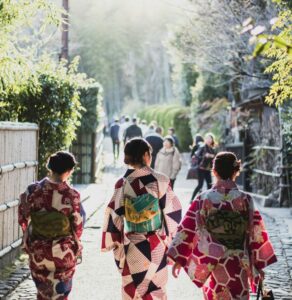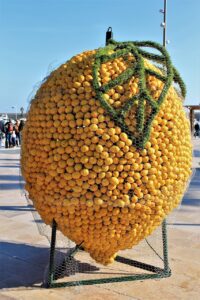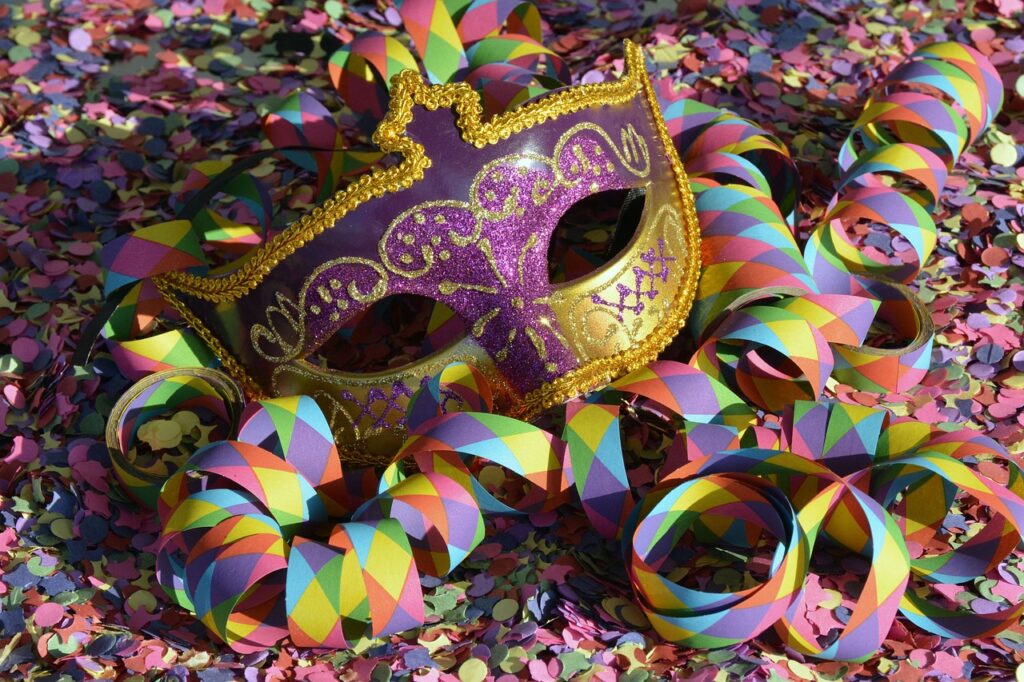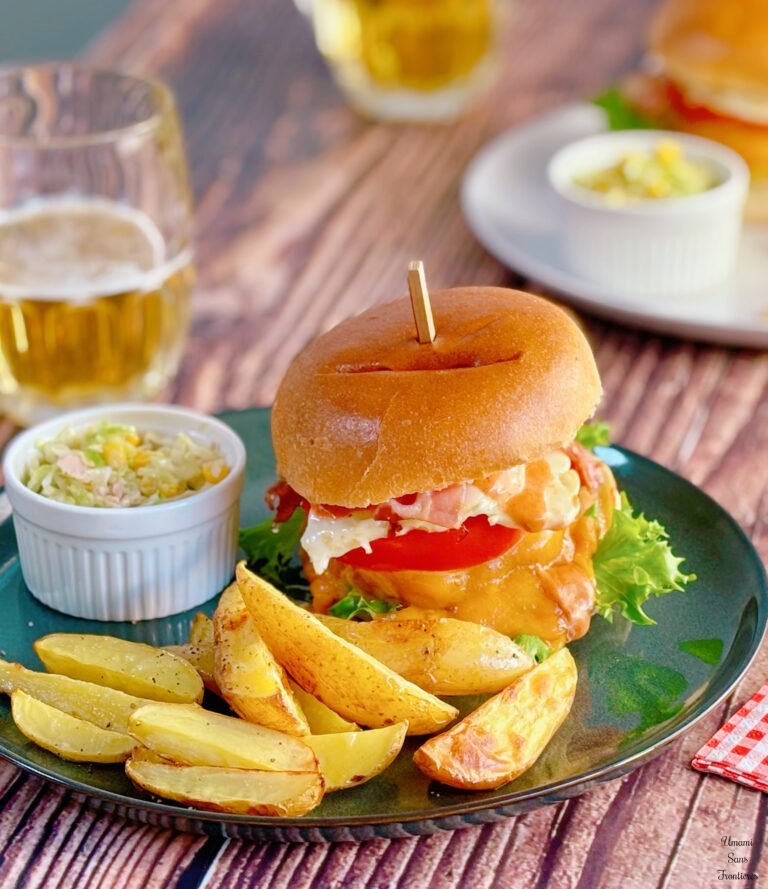What is Mardi Gras?
In Japan, March is often associated with Hinamatsuri, the Doll Festival. But in France, there’s another special occasion—Mardi Gras. Translated to “Fat (Gras) Tuesday (Mardi)” in French, Mardi Gras is a celebration rooted in Catholic tradition. It marks the day before Lent (Carême), a 40-day fasting period leading up to Easter, making it a time for indulgence and festivities.
When we think of famous carnivals, places like New Orleans (Louisiana, USA), Rio de Janeiro (Brazil), and Venice (Italy) come to mind. Mardi Gras is a movable feast, meaning its date shifts each year depending on Easter, falling on a Tuesday in February or March.
Mardi Gras in France
Originally tied to Catholic customs, Mardi Gras has evolved across France, with different regions celebrating in unique ways. While some places still hold festivities for adults, it’s most commonly seen as a day of fun for children—at least, that’s what my husband says. Kids dress up in costumes, paint their faces, and celebrate at school or at home, much like Halloween but without the spooky element.

I remember our first year in Berlin when my younger daughter was still in French elementary school. One day, she suddenly said, “I need a costume for the school carnival!”Since we had just moved and I wasn’t familiar with the tradition yet, I quickly handed her a pink yukata👘 (a light cotton kimono worn in summer in Japan) that we had brought from home. To my surprise, it was a huge hit! She came home beaming, telling me how her teachers and friends loved her outfit. Since there weren’t any other Japanese students in her class, the yukata must have seemed quite unique.
Now that she’s in high school, Mardi Gras is still an “optional costume day” at school. But since she’s exhausted from all the homework and tests, she just went in her regular clothes. Priorities change, I guess! 😅
Carnival Festivities in Southern France
 Beyond school celebrations, some regions hold large-scale carnivals. When I lived in the south of France, the most famous event was the Nice Carnival (Carnaval de Nice)🏵️. Every year from mid to late February, massive parades and elaborate floats fill the streets, creating an unforgettable spectacle.
Beyond school celebrations, some regions hold large-scale carnivals. When I lived in the south of France, the most famous event was the Nice Carnival (Carnaval de Nice)🏵️. Every year from mid to late February, massive parades and elaborate floats fill the streets, creating an unforgettable spectacle.
Not far from Nice, in the small town of Menton, another unique festival takes place—the Lemon Festival (Fête du Citron)🍋. Running from mid-February to early March, this event features stunning sculptures made entirely of lemons and oranges, along with parades and artistic displays at Jardins Biovès. The vibrant colors and citrus-scented atmosphere left a lasting impression on me. Such fond memories!
What Do People Eat on Mardi Gras?
Since Mardi Gras is all about indulging before Lent, sweet treats take center stage. In France, people traditionally enjoy Beignets—French-style doughnuts—and, of course, crêpes. It seems like February is the ultimate crêpe season in France, especially with Chandeleur earlier in the month. The French really do love their crêpes! 😄
Speaking of beignets, I have a special memory from my time in Japan. A friend of my husband’s—who lives in Lyon—stayed with us for about a week, and one day, we decided to make crêpes and beignets together. But what he actually made was a different kind of fried pastry called Pets de Nonne (French Nun’s Puffs). He even called his mother in Lyon to get the recipe!😄
Pets de Nonne are small, round, and deep-fried, then coated in powder sugar. Made from choux pastry, they are incredibly light and airy, making them dangerously easy to eat! The little ones in our family were absolutely delighted that day.
If you’d like to try making Pets de Nonne, I’ve shared the recipe “French Nun’s Puffs” on my blog, Umami sans Frontières! Of course, crêpes are always a great choice too. 😋Whether through costumes, parades, or delicious treats, Mardi Gras is a time to enjoy the moment before the Lenten season begins.












